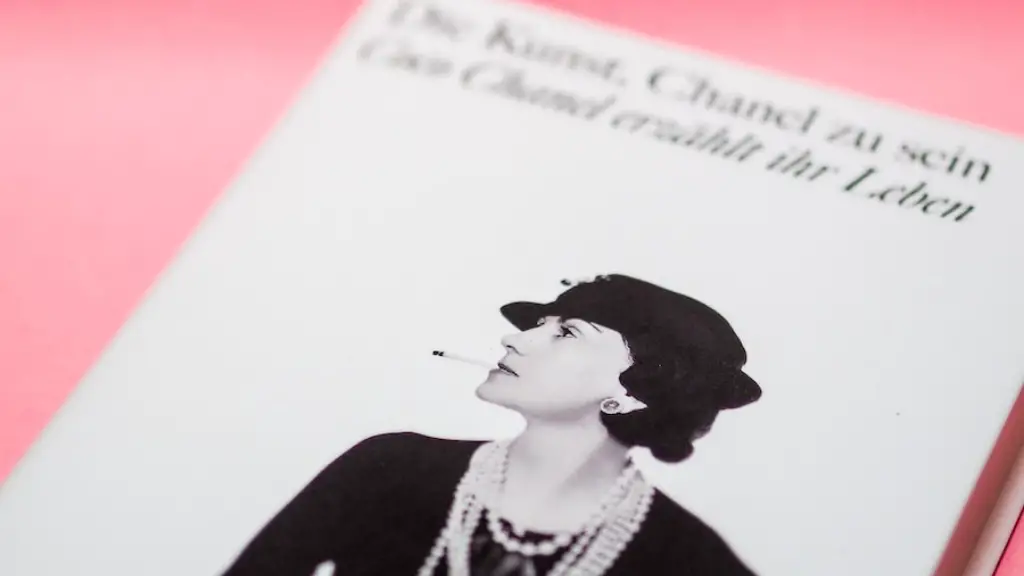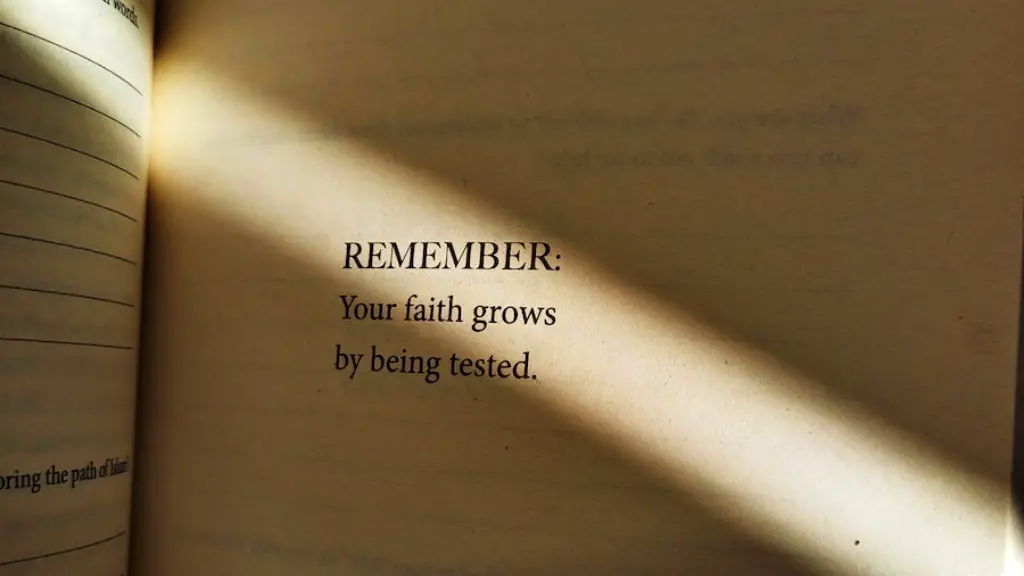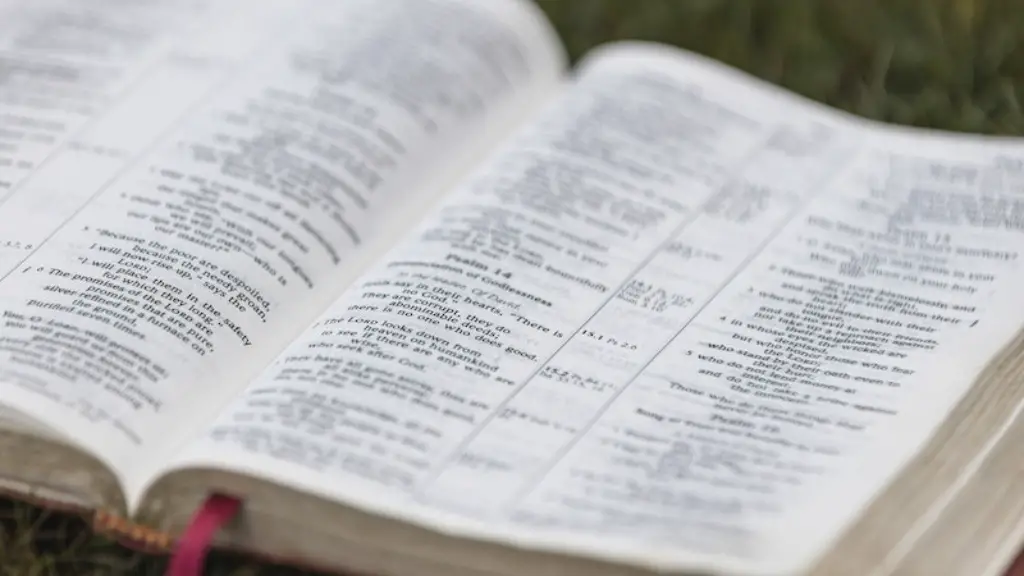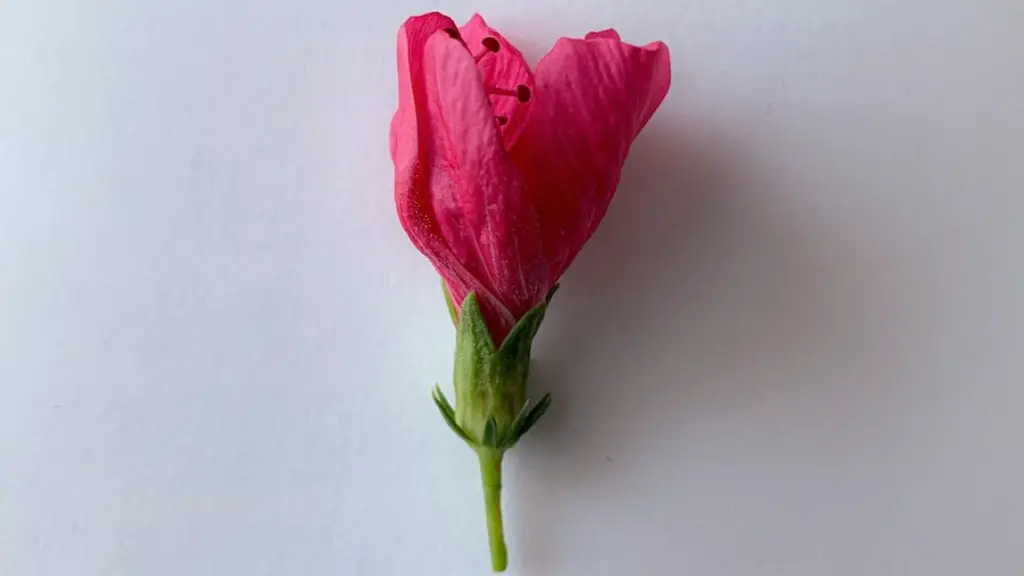Main Topic: What is Rhythm in Poetry?
Rhythm in poetry is a musical quality made up of the patterns of stressed and unstressed syllables that readers experience when reading a poem aloud. This rhythm gives the poem a distinct sound and emphasizes particular word choices. By employing meter, rhyme, and various other sound devices, a poet can create a melodic experience that can move, inspire, educate, and entertain. It can also help to evoke an emotional response in readers and make the poem feel more lively and engaging.
The term “meter” originates from Greek, where it means ‘measure’ or ‘measurement’. In its most basic form, meter refers to certain patterns of stressed and unstressed syllables in a line. Each unit of meter is usually referred to as a ‘foot’. For example, a line that contains five syllables but has two stressed syllables and three unstressed syllables will follow an iambic pattern, or a two-syllable foot. Poets may choose to employ a variety of meter patterns, such as iambic, trochaic, dactylic, anapestic, and spondaic. These can be used to create a desired effect and help to highlight a poem’s musical quality.
Rhyme, on the other hand, is an arrangement of words that are similar in sound. This could be a single syllable such as “cat” and “bat” or a multiple syllable word such as “calm” and “alarm”. Rhyming words can create a pleasing and melodic effect, as well as emphasizing particular words or points within the poem.
In addition to meter and rhyme, poets may also employ assonance, alliteration, and consonance to create a desired musical effect. Assonance is a repetition of vowel sounds, while alliteration is a repetition of consonant sounds. Consonance is a combination of both. Using a combination of these techniques, poets can create a desired sound or emotion that can be experienced by a reader.
Experts agree that these techniques are important tools for a poet to employ, as they help to create a pleasing sound experience for readers. Studies have shown that rhythm in poetry often has an effect on memory, as well as aiding readers in understanding and interpreting the poem. The rhythm of a poem can be used to evoke emotion, excitement, and joy.
Finally, rhythm can also be used to help readers understand the underlying themes and messages of a poem. By utilizing different meters and rhythm patterns, a poet can guide readers and lead them to uncover hidden meanings or conflicts. This can help a poem become more meaningful and powerful.
Rhythms of poetry and its effect on readers
It has been noticed that regularity in the patterns of stressed and unstressed syllables, referred to as a meter, can occur in varying forms and shapes, simulating a range of moods. The significance and the use of rhythm in poetry has been acknowledged by many readers and poets, with many poets spanning centuries appreciating its beauty. It has been observed that the insertion of rhythm into poetry helps a poet to obtain control over the interpretation and development of the poem and to effectively engage and entertain listeners and readers.
Notably, the rhythms used in poetry can directly affect the reader. The type and intensity of the particular rhythm used will cause different reactions, either in an emotional response or cognitive engagement. Through the manipulation of rhythm, a poet can effectively capture the attention of a reader, draw them in and compellingly communicate their ideas and feelings.
Various scholars have claimed that the implementation of rhythm as a poetic device will have different tendencies amongst different cultures. Prominent African American poet, Robert Hayden, eloquently claims that “poetry at its most elemental and most powerful works not by reasoned argument or narrative authority but by adornment, music, imagery and cadence”. This would suggest that the predominately African American sounding rhythms for poetry would elicit greater response from the reader due to the familiarity.
Additionally, rhythmic patterns which are easy to follow and chant will also be more likely to engage readers due to their natural inclination to form a sing-song type pattern which stimulates an easily achievable correlative between the reader and poem. Kyle Lehman’s “The Music of Poetry” summaries this idea as such “The music of poetry can draw readers in, motivate them to read an entire work, or simply provide them with a pleasant and memorable experience.”
Rhythm and perseverence in Poetry
In poetry, the connection between rhythm and perseverance is manifested clearly by different authors and their works. For instance, the poet Derek Walcott stands out due to his easy to follow and enchanting rhythm that appears throughout his poems. Unlike other poets, his use of rhythm has been interpreted in two ways; one to convey a strong character that is determined to reach their goals through the sways of their poems, and another to suggest a meek and peace-loving individual.
With regards to the former, Walcott’s poem “Love after Love” is a powerful example of determined rhythm. The poem shows a persevering character, clearly evidenced in the opening line, “The time will come when with elation”, with a rhythm shaped around ebb and flow of rise and defeat. It mirrors the human journey of trying and failing, before ultimately achieving your goals without signifying any personal loses in its syntax.
Walcott’s other poem, “A Far Cry From Africa”, is a definite example of a meek rhythm which reflects its passive message within the poem. Itunderlines a character -or a nation- under the tyranny of oppression, obeying the laws set upon it, and how no matter how hard we strive to make a change, our efforts will not come to fruition. This poem takes a form of a two beat meter, which is repeated throughout its entirety.
Walcott’s work, therefore, are prime examples of how rhythm can connote certain characters, messages and intentions within poetry. His poems show the importance of rhythm and how its use can establish a strong link between the poet, his words, and the readers.
Metrical Variation
To further explore the influence of rhythm in poetry, it is necessary to consider metrical variation and the effect of this with regards to readership. By using different meters, poets can further emphasize themes and contexts of their work, by either intensifying or softening the words and phrases used in the poem.
The most popular metrical variation used is iambic pentameter. Its stability and regularity poses a comforting quality and its use can help poetic devices come across in a more profound manner. In fact, when studying Ovid’s Metamorphoses, a book length epic poem, the meter presented can be found to draw the readers in as it creates and comfortable environment to interprete and understand the text.
On the other hand, passages of irregular meter, also known as broken meter, can bring elements of surprise and emphasize the desired effect of the poem more. This can be seen in Emily Dickinson’s poems, which commonly use broken and irregular meter to create a jarring effect with the words she chooses, further enhance her creative style. This technique can be used to bring out the true emotion of a poem and to captivate and engage an audience.
Influence of rhythm in characterisation
The tone of a poem can be shifted from sorrowful to cheerful quite instantly by manipulating the rhythm chosen. In Jessica Traynor’s poem ‘The Pickpocket’s Apprentice’ the protagonist is described from a humble and innocent perspective, accordingly following a gentle and regular pattern of iambic pentameter: “just eight a stealing wallet in the street/ just eight, a crumpled note quick in his sleeve”. This peaceful rhythm starts off the poem by alluding to the main character’s innocence, exhibited in the repetition of the words ‘just’ and ‘eight’.
As the poem progresses, the character’s attitude and behaviour starts changing, accordingly causing the meter to vary. The phrase “the thrill of it so loud in him” exhibits an anapestic substitution as the thrill of stealing brings much excitement and distraction to the character. Therefore, the rhythm of the poem is being used as a tool to infer the attitude of the poem’s protagonist, illustrating the effect and importance of rhythm in the poetry.
Summary
The use of rhythm in poetry is a tried and tested method to cause an emotional response in a reader, allowing the poet to captivate and engage them with their work. It can also be utilized to convey themes, connotations and messages within a poem. Metrical variation and broken meter can also facilitate this process, further adding to the beauty and impact of a poem. Finally, the rhythm of a poem can also be used to characterize the protagonist of a poem, allowing the readers to better understand and connect to the poem at a personal level.





